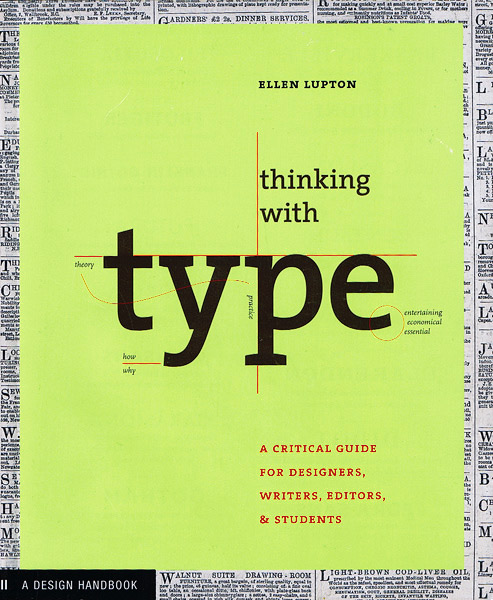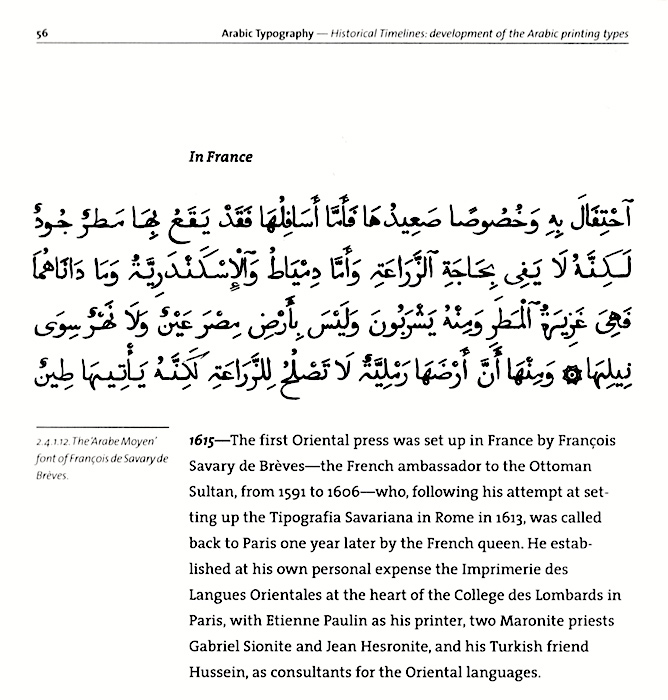TheSerif

Thesis was designed to be the definitive typeface for every aspect of a corporate identity project. The fonts are so carefully drawn that they main their form in sizes ranging from business card to billboard.
TheSerif is part of the Thesis superfamily. In the decades since Luc(as) de Groot first published it in 1994, it has come to epitomize the useful-yet-friendly, all-purpose contemporary low-contrast serif. Together with TheSans and TheMix, it is the face of thousands of organisations, publications and web sites – making it one of the most widely read typefaces world-wide.
TheSerif is a low-contrast typeface, meaning that the differences between its thin and thick strokes are not very pronounced. References to writing with the broad-nibbed pen are still present, giving the letters a diagonal stress and a forward flow that facilitates reading. The roman letterforms tend to have some characteristics of an italic or written construction. The italic forms themselves are very distinctive: they were not derived from the upright but were individually designed while perfectly complementing the roman forms.
Version history
FontFont published FF TheSerif in 1994. In 1999, Luc(as) began selling licenses himself, renaming it TheSerif (classic). The fonts had Proportional Oldstyle figures, but TheSerif Basic was created to offer Proportional Lining figures. We also used to sell TheSerif Caps, with small caps instead of lowercase. These fonts supported Western European languages only. OpenType allowed us to include more characters, and we created a system for package naming. Here’s a description.
TheSerif Office
This four-font family has the structure that’s conventional on Windows: Regular, Italic, Bold, Bold Italic. These are linked, meaning they can be accessed through the “B” (Bold) and “I” (Italic) buttons in office programs. The TrueType versions are manually hinted, giving them excellent reading quality on-screen in Microsoft’s Windows applications.
TheSerif in editorial design

